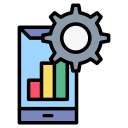Beneficios de las aplicaciones de aprendizaje de idiomas
Tema elegido: Beneficios de las aplicaciones de aprendizaje de idiomas. Descubre cómo las apps convierten el estudio en un hábito motivador, flexible y medible, acercándote a conversaciones reales y objetivos claros. ¿Te unes? Suscríbete y comparte tus metas lingüísticas con nuestra comunidad.
Aprendizaje personalizado que se adapta a ti
Las apps detectan patrones en tus respuestas y refuerzan exactamente lo que necesitas. No repites lo que dominas; practicas lo que aún te cuesta, optimizando cada minuto invertido y manteniendo la motivación alta sin saturarte.
Aprendizaje personalizado que se adapta a ti
Puedes estudiar en el metro, en la pausa del café o antes de dormir. El aprendizaje se integra en tu rutina, sin clases fijas ni desplazamientos, y con sesiones cortas que respetan tus horarios, energía y prioridades personales.
Aprendizaje personalizado que se adapta a ti
Si viajas por trabajo, recibes vocabulario de reuniones; si te interesa la cocina, aparecen recetas y diálogos culinarios. Los módulos temáticos afinan la experiencia para que cada lección sea útil y aplicable de inmediato.

Cinco minutos que sí cuentan
Una lección breve con objetivos claros reduce la fricción inicial. Terminas rápido, ves resultados y te animas a continuar. Esa sensación de logro diario sostiene la disciplina, incluso cuando el tiempo y la energía son limitados.
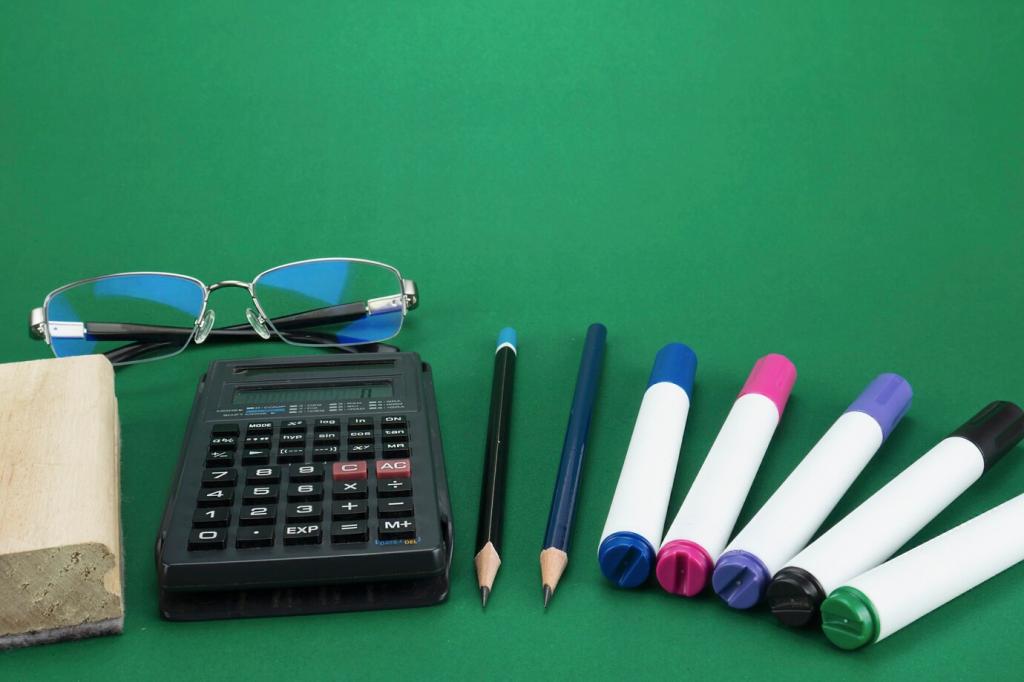
Recordatorios y rachas que crean hábito
Notificaciones amables te invitan a volver sin agobiar. Mantener la racha se convierte en un pequeño compromiso contigo mismo, y compartirla con amigos añade un toque social que multiplica la responsabilidad y el entusiasmo.
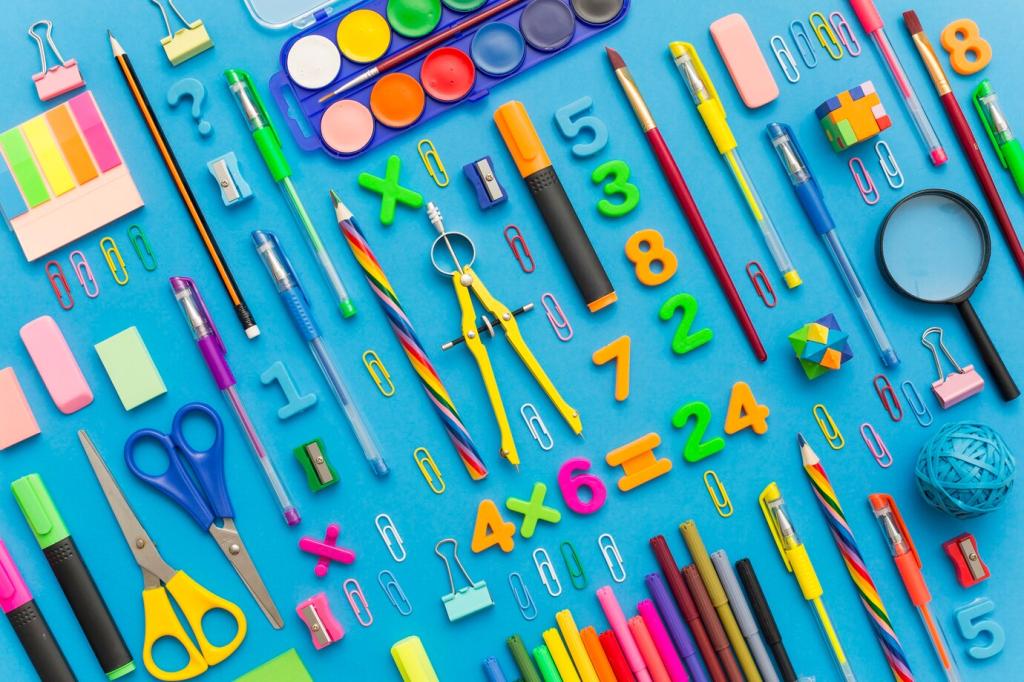
Repetición espaciada con impacto
La tecnología programa revisiones justo antes de que olvides. Este método probado científicamente fortalece la memoria a largo plazo, evitando la curva del olvido y asegurando que el vocabulario útil se quede contigo cuando realmente lo necesitas.
Hablas, recibes puntuación y ves qué sílabas ajustar. La corrección instantánea acelera el progreso, y repetir con ejemplos grabados reduce la vergüenza inicial, transformando el miedo a hablar en un juego de precisión y confianza creciente.
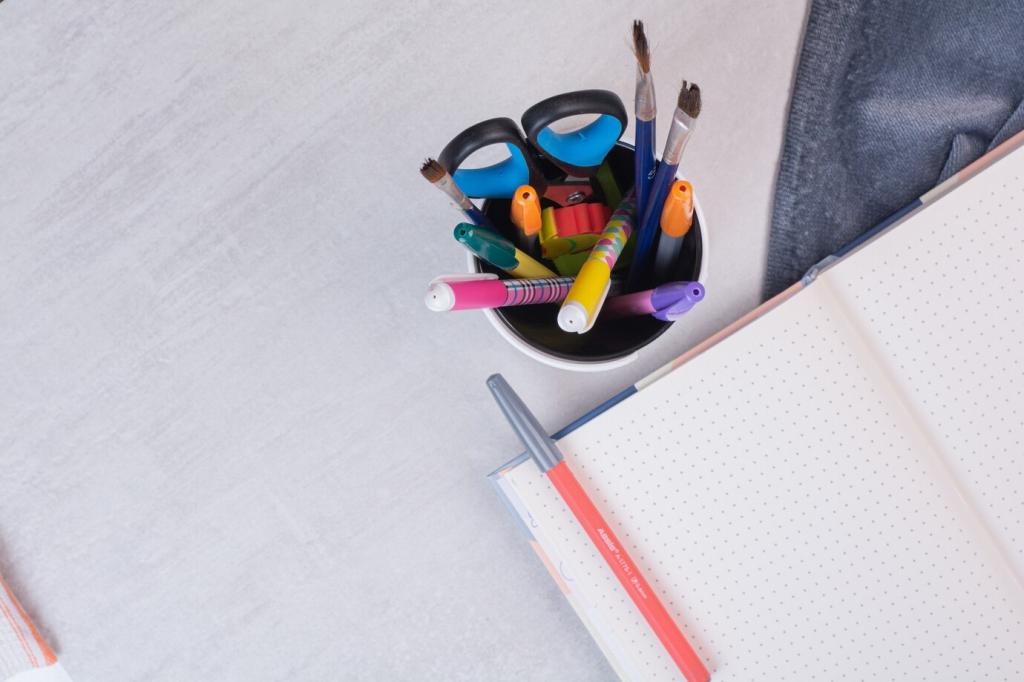
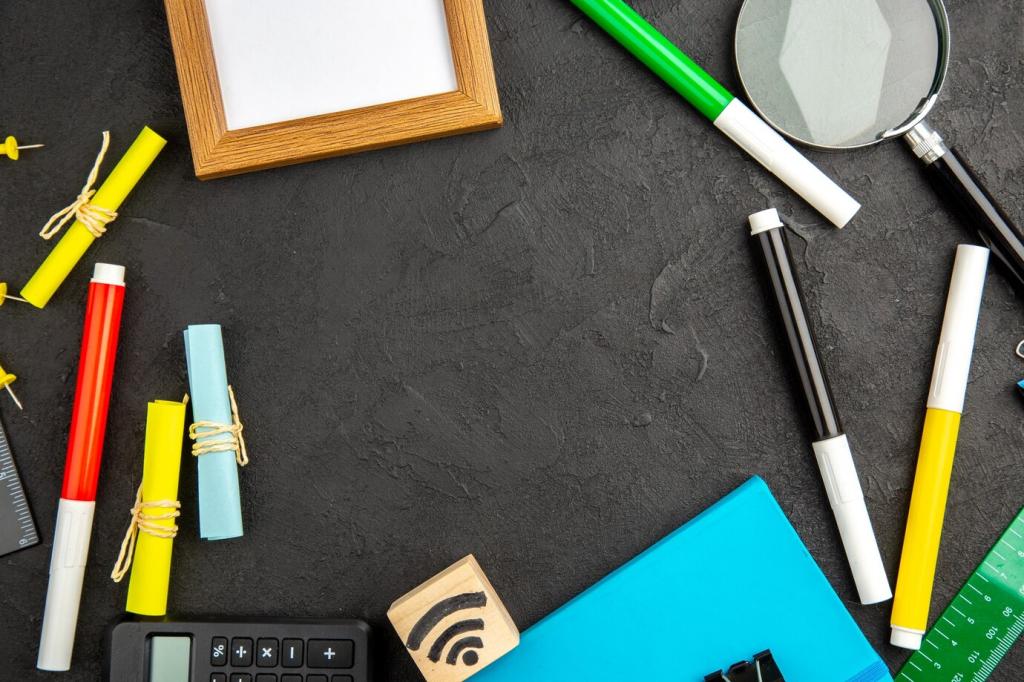

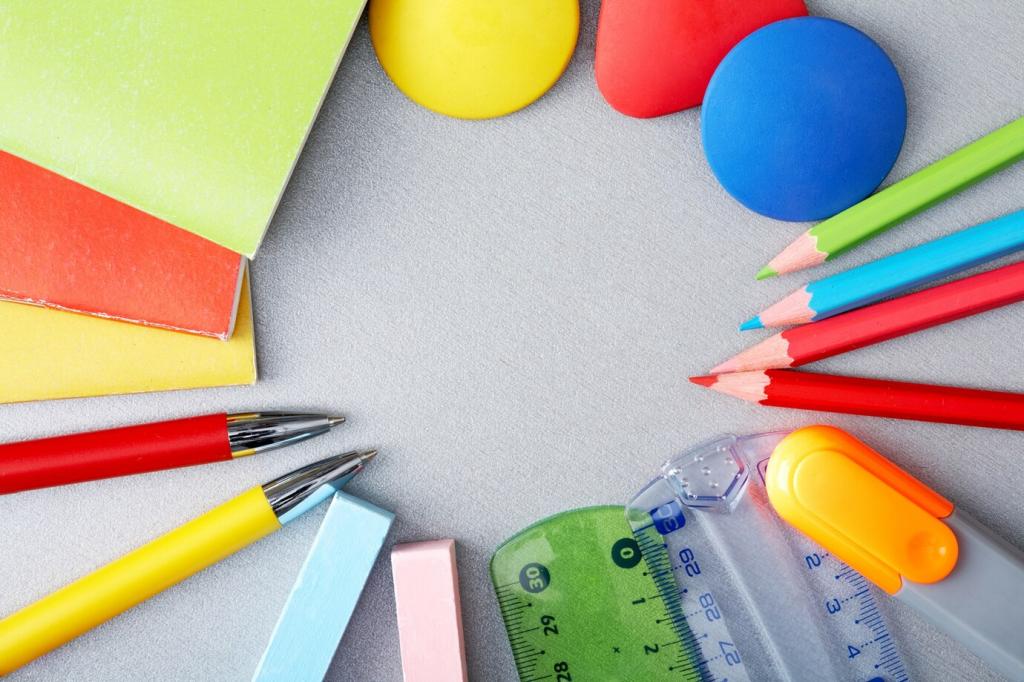
Accesibilidad, conveniencia y costo eficiente
Aprende sin conexión cuando lo necesites
Descarga lecciones y practica en vuelos, trenes o lugares con señal débil. La independencia de la conectividad elimina excusas y te permite mantener el ritmo, incluso en viajes largos o días impredecibles con mucha movilidad.
Más valor por menos dinero
Comparado con clases tradicionales, muchas apps ofrecen rutas completas a un costo accesible. Combinar recursos gratuitos y funciones premium bien elegidas te brinda profundidad, variedad y continuidad sin desequilibrar tus finanzas personales.
Inclusión y accesibilidad adaptada
Interfaz clara, fuentes ajustables, narración de texto y subtítulos mejoran la experiencia para todos. Esta atención al detalle hace que el aprendizaje de idiomas sea verdaderamente universal, respetando ritmos y necesidades diferentes con empatía real.
Cultura viva: idioma con contexto real
Pedidos en cafeterías, entrevistas de trabajo, visitas médicas y más. Las escenas recrean emociones y matices culturales, para que no solo traduzcas palabras sino que percibas códigos sociales, cortesías y expectativas implícitas en cada interacción.
Cultura viva: idioma con contexto real
Noticias breves, canciones, recetas o microdocumentales. Cuando el tema te apasiona, tu atención se intensifica y aprendes más rápido. Dinos qué te intriga y prepararemos selecciones temáticas para tu próxima semana de estudio.


Medición del progreso y metas inteligentes
Gráficas de rachas, precisión por tema y tiempo de estudio semanal. Visualizar tendencias te ayuda a decidir qué reforzar, cuándo revisar y qué celebrar. Comparte tu panel y te damos sugerencias personalizadas para seguir avanzando.
